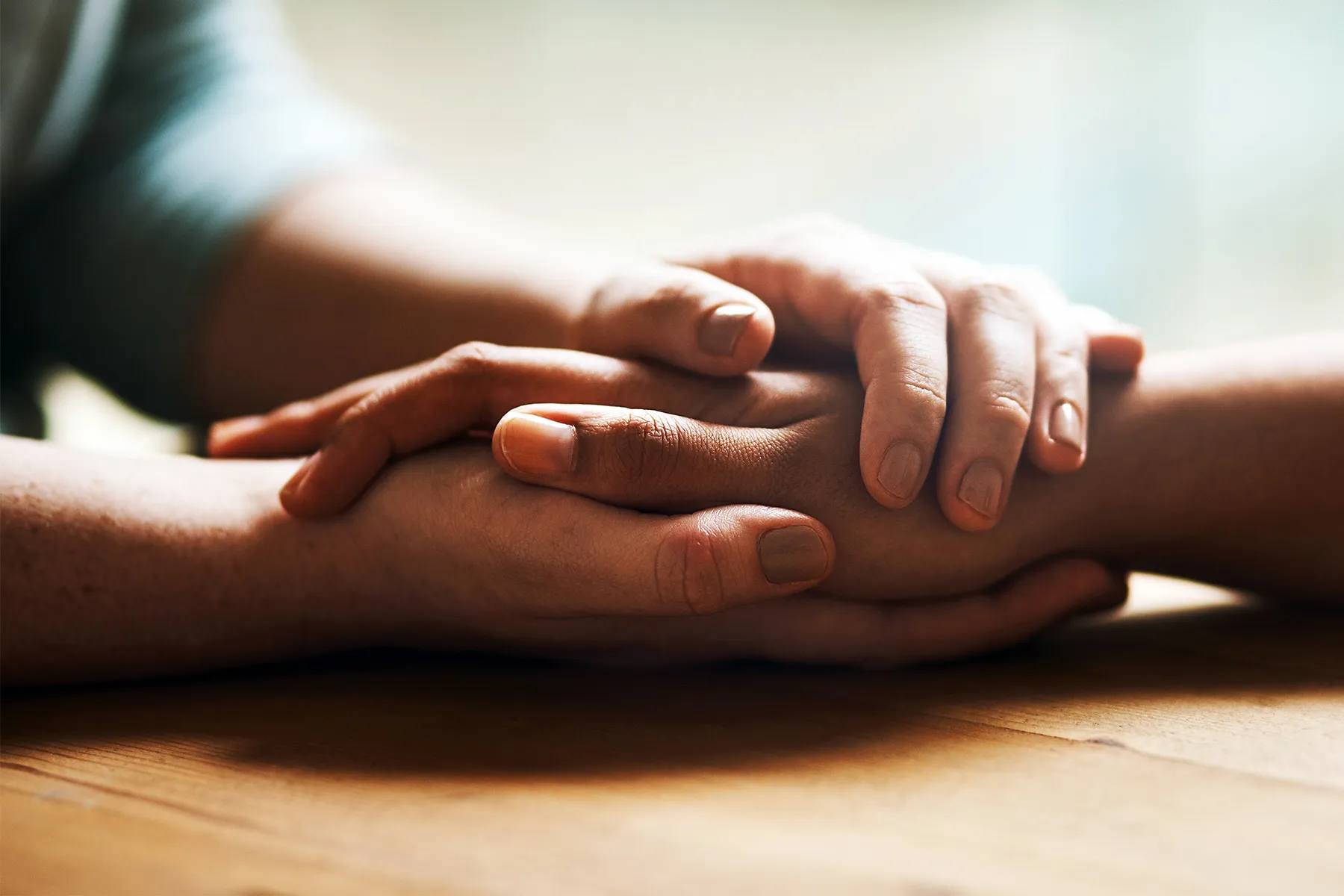Nov. 1, 2021 — In pre-grieving family members and loved ones. And a new study measured its success.
“The inability to say goodbye at the bedside caused distress for many family members,” said study author Thanh Neville, MD.
The initiative engaged patients. Participation jumped from an average of 18 patients per month in the year before COVID-19 emerged to 25 patients during the pandemic, the study found.
At the same time, the number of wishes completed during the pandemic jumped to 969, compared to 736 in the year before COVID-19. People with COVID-19 accounted for about one-third of the 969 wishes.
Positive Feedback From Providers
Nurses and other health care professionals otherwise overwhelmed with care of COVID-19 patients welcomed the opportunity to do something positive for families, the Hospice and Palliative Medicine.
Although the researchers did not collect data on provider satisfaction specifically, “one could imagine that fulfilling the wishes of dying patients and their families could certainly relieve some of the emotional strain and burden of the health care workers involved,” said Goldstein, who was not affiliated with the study.
The Wedding Will Go On
Keepsakes were the most common request among patients. Fingerprint key chains and locks of hair were some of the keepsakes shared with family members and loved ones after death of the patient. Three volunteer artists also created personalized paintings that incorporated patient fingerprints.
The 3 Wishes team adapted infection control measures as well. To ensure the fingerprint keepsakes of people who died from COVID-19 were infection-free, for example, they treated them with ultraviolet irradiation typically used for N95 masks.
Not every wish involved a memento. In one instance, the team brought a Mariachi band to the hospital. Another request, regarding a wedding, stood out in particular to Neville.
“I took care of a patient who was unfortunately at the end of her life. Her family told me that her son recently got engaged and it would mean a lot of the family if she can be part of the wedding,” Neville says.
Because the patient was too sick for discharge, they moved the wedding to the hospital. “Given visitation restrictions, we had to host the wedding outdoors and also ask for special permission to have a couple more visitors,” she said. “We reserved the terrace outside the ICU for the socially distanced event.”
The nuptials featured flowers, cake, and the bride and groom dressed for the occasion. Nurses also made a wedding arch using IV poles and bedsheets. “The 3 Wishes team provided the patient with a nice blanket and pushed her bed outside. The patient smiled in her hospital bed with her nurse at her side,” Neville says.
“It was wedding to be remembered,” she says. “Seeing the groom, her son, cry tears of joy and sadness made me realize how it was such a privilege to be able to provide such patient- and family-centered care.”
Patients and families become eligible for the 3 Wishes Program when the treating team determines that the probability of dying is greater than 95%. They can also participate if a decision is made to withdraw or withhold advanced palliative care initiative per se but instead a way to comfort the families of dying patients.”
A Model Initiative for Others
Neville and team plan to continue the 3 Wishes Program, pandemic or no pandemic. They plan to continue with multiple parts of the program added during the COVID-19 era as well.
Implementing the 3 Wishes Program mainly takes initiative, compassion, and determination, Neville says. “It can be challenging to start, but it is very doable and my team at UCLA are also more than happy to help with tips and guidance.”
For more perspective on adapting end-of-life care during the COVID-19, watch this 4-minute video where bioethicist Arthur L. Caplan, PhD, shares his thoughts.
